If Somerset’s farmers are worrying about the effects of drought and wanting rain for their crops, I’ve got a simple trick that’s guaranteed to summon grey, angry clouds over this part of the country: just arrange for me to drive an Ariel Atom and torrential storms will follow.
After weeks of beautiful weather, there was an inevitability that this long-arranged appointment with the Atom 4 would coincide with a Met Office amber warning for thunderstorms and floods. Tom Siebert, Ariel’s general manager, has seen it all before and, when I arrive at the Crewkerne factory to the distant rumble of thunder, his first question is: “Have you got waterproof trousers?”
Unlike many manufacturers of exotic machinery, Ariel has never been shy about letting its products get used in the real world. Company founder Simon Saunders has described the Atom as a four-wheeled motorcycle, and the approach to protection from the elements is similar. The car isn’t going to do much to keep wind or rain out, so weather-proofing is down to the user. By the time I leave the factory at Crewkerne, I’m wearing more layers than Bibendum’s cautious cousin.

My destination is one chosen to celebrate not only the Atom’s light weight and Britishness but also the innovation that has seen the company succeed where so many other sports car makers have failed. We’re heading for the Diamond Light Source in Oxfordshire, the UK’s biggest synchrotron – a 560-metre-long ‘beamline’ that can generate very intense beams of light up to 10 billion times brighter than the sun. It’s not an atom-smasher like CERN’s Large Hadron Collider – that headline opportunity is denied us – but there is more than enough connection between speed and lightness to justify taking the Atom there.
But first the long schlep east. Pretty much every part of the Atom 4 is new; Ariel says only the clutch and brake pedals and the fuel filler cap have been carried over from the 3.5. But the experience on a wet road remains similar to that of its predecessors, and it is something my rain-summoning powers mean I have experienced plenty of times. The Atom’s minimal aero screen – a cut-out piece of plastic – is actually pretty good at deflecting wind and the front clamshell and denser component fit in the nose helps keep a surprising amount of rain out when travelling at a cruising speed. And while I’ve got an excellent view of both front wheels, their mudguards protect me from most of the water thrown up by the minimally treaded Avon tyres. The problem is other road users and, once on the A303, the 4’s skeletal structure does almost nothing to keep out the billowing clouds of spray thrown up by everything else. My waterproofs are beginning to leak well before passing the distant vista of Stonehenge.

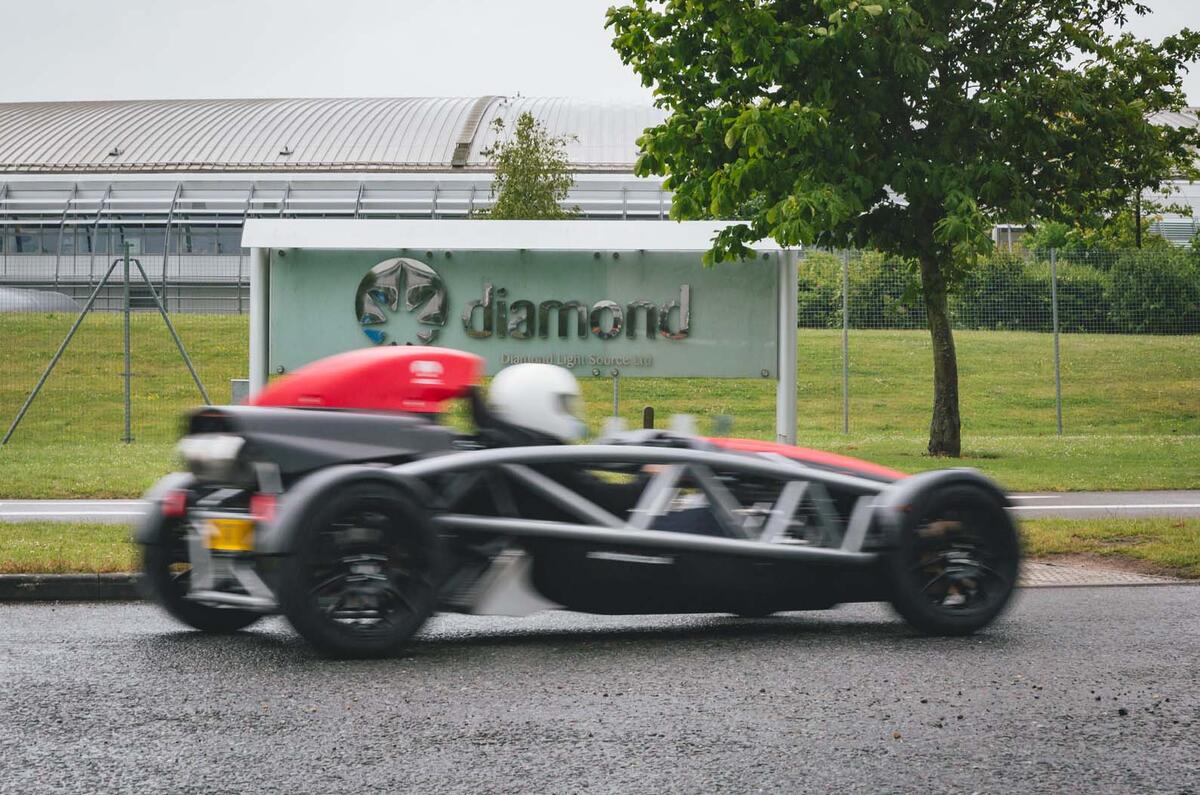
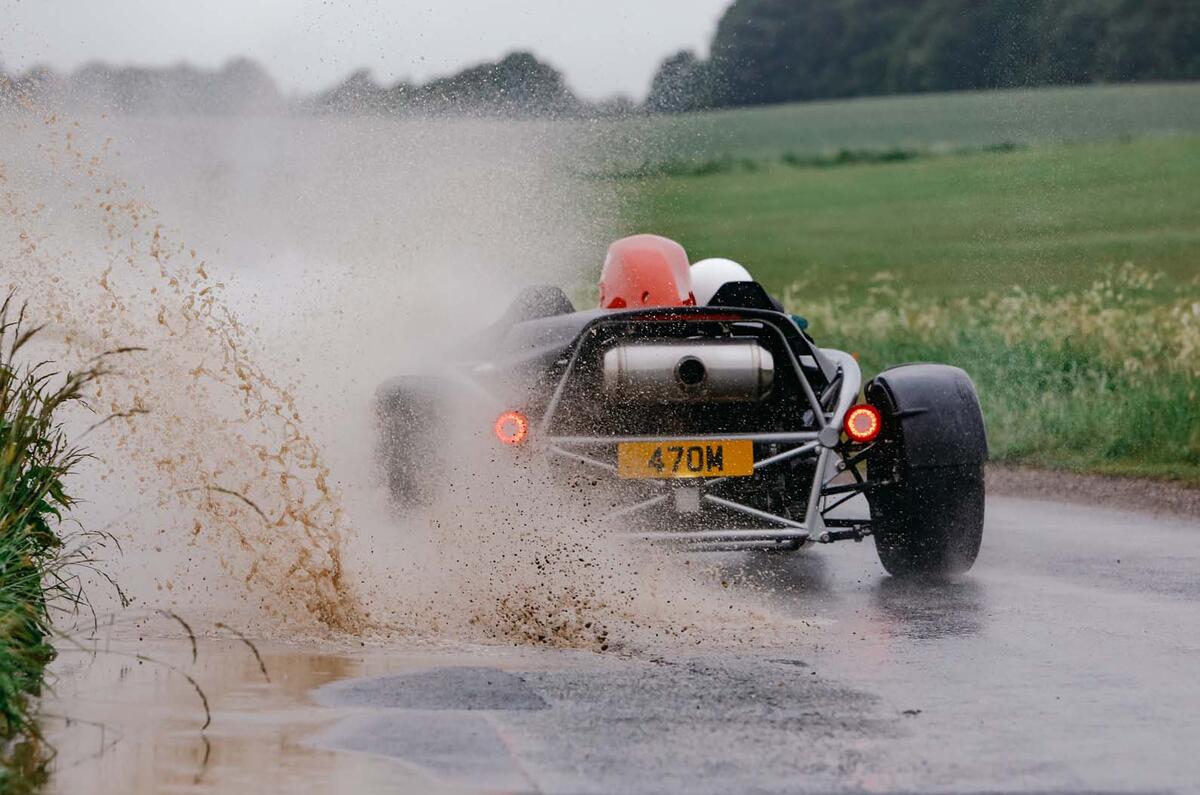
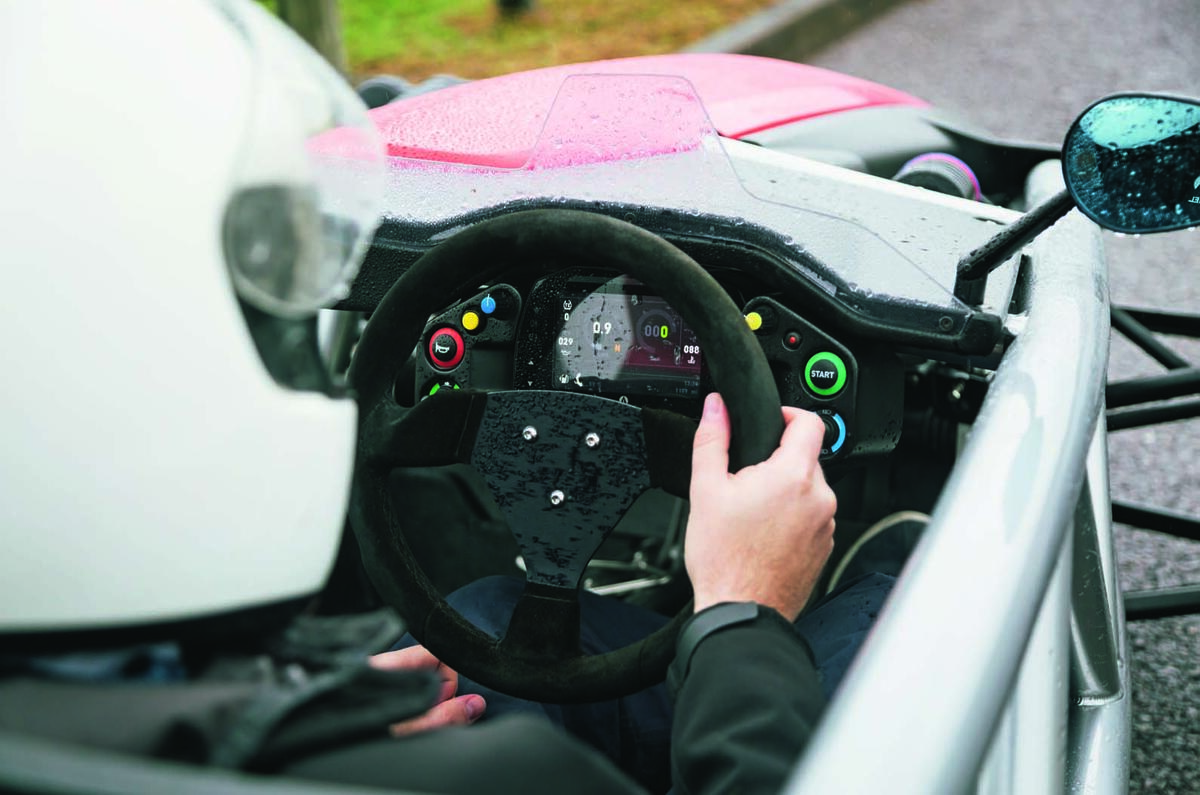
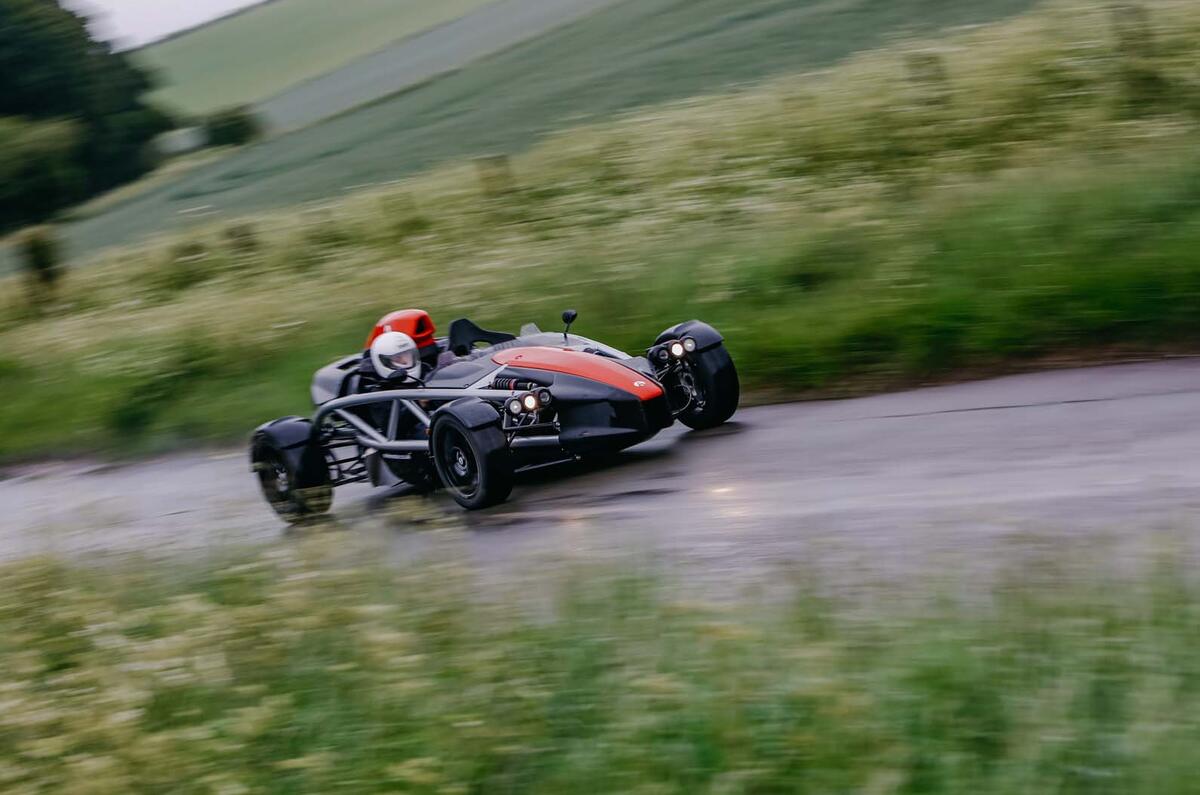
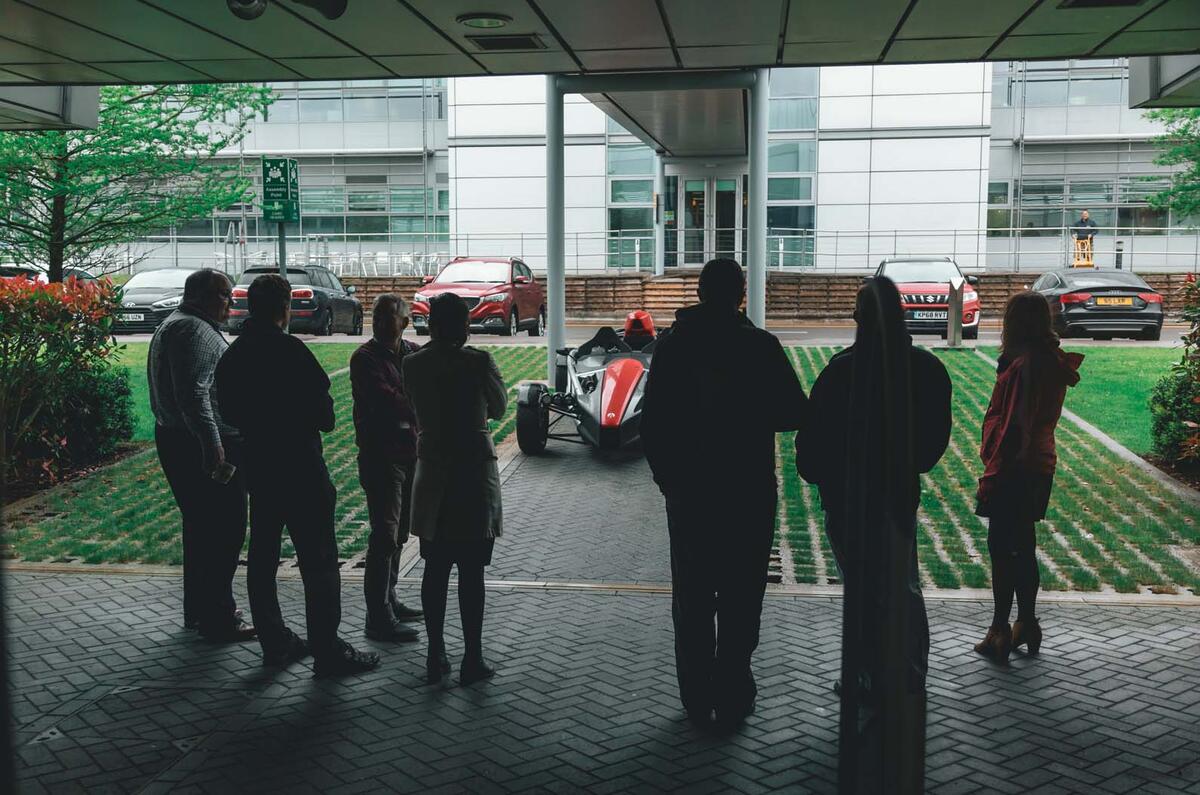

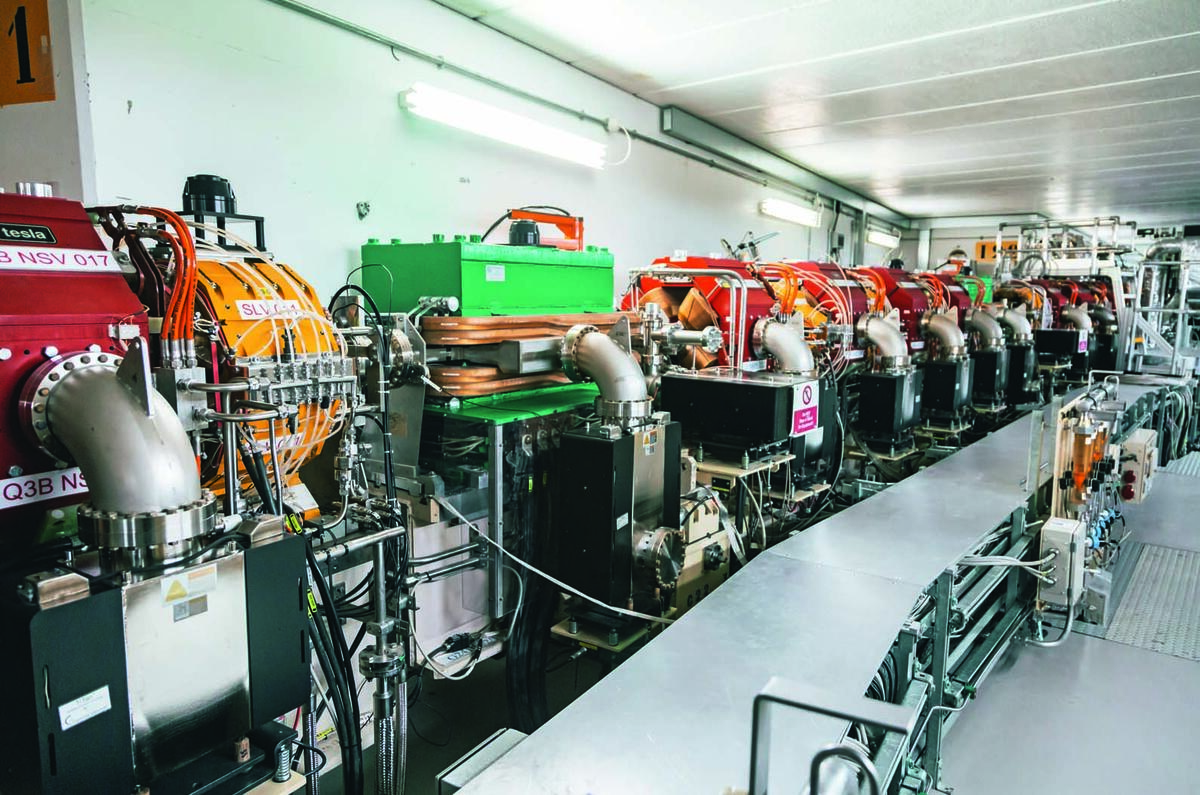
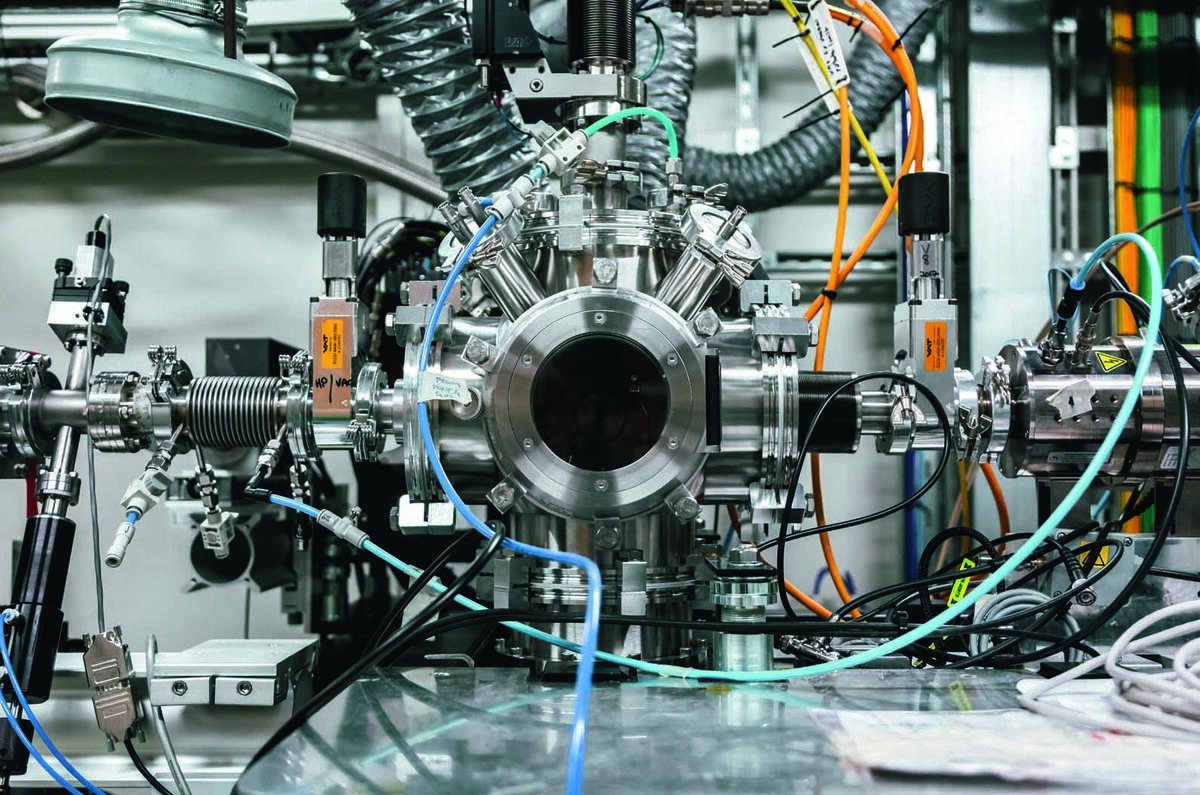
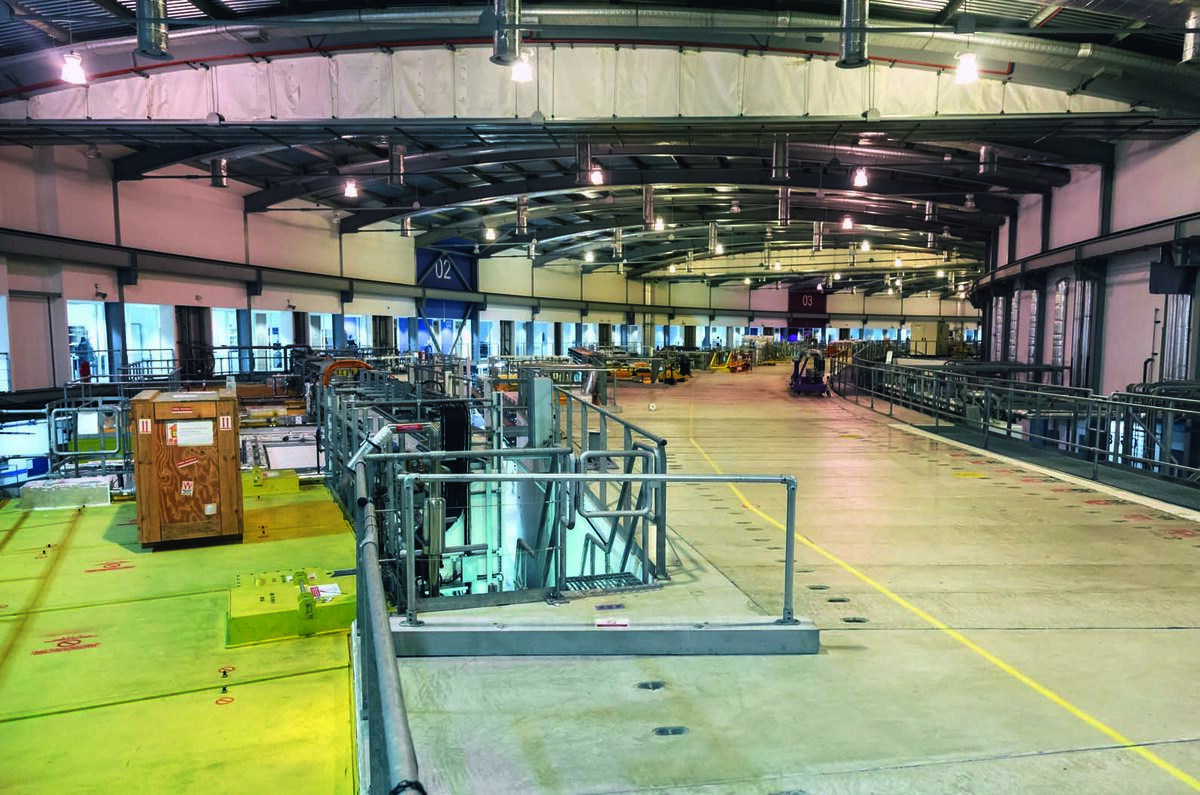

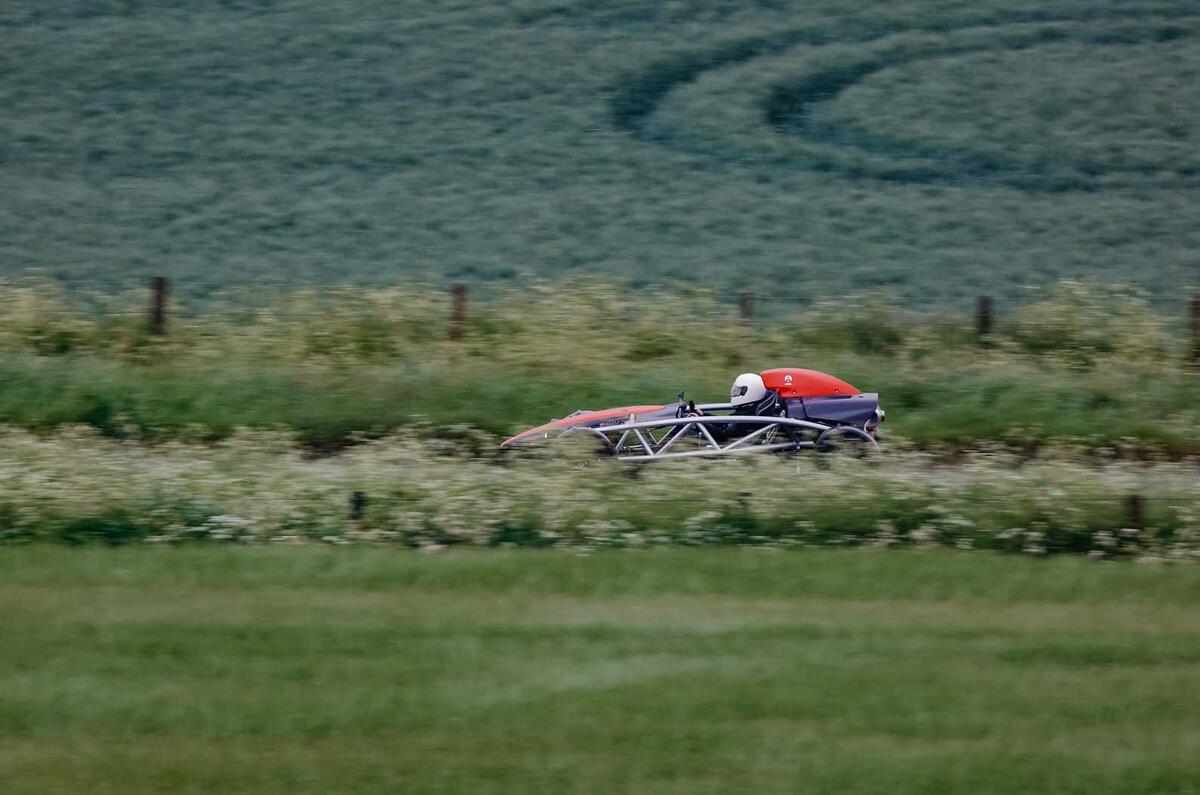
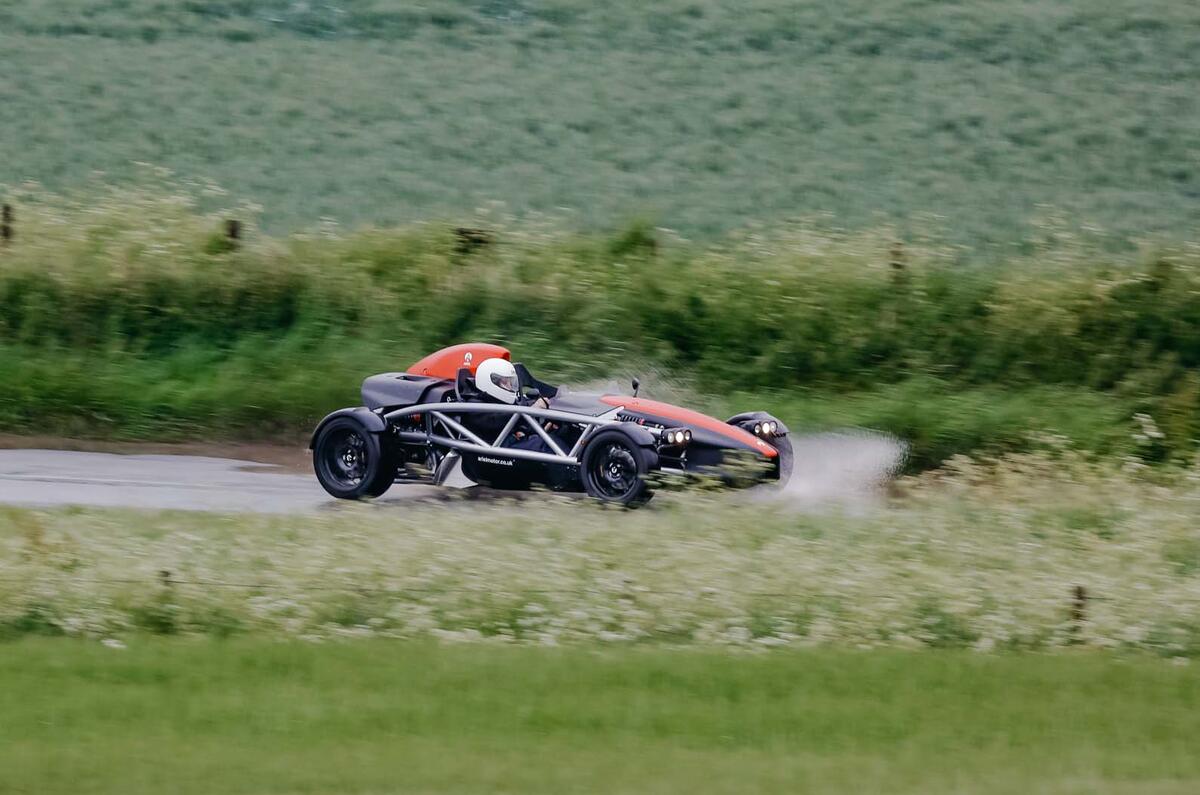
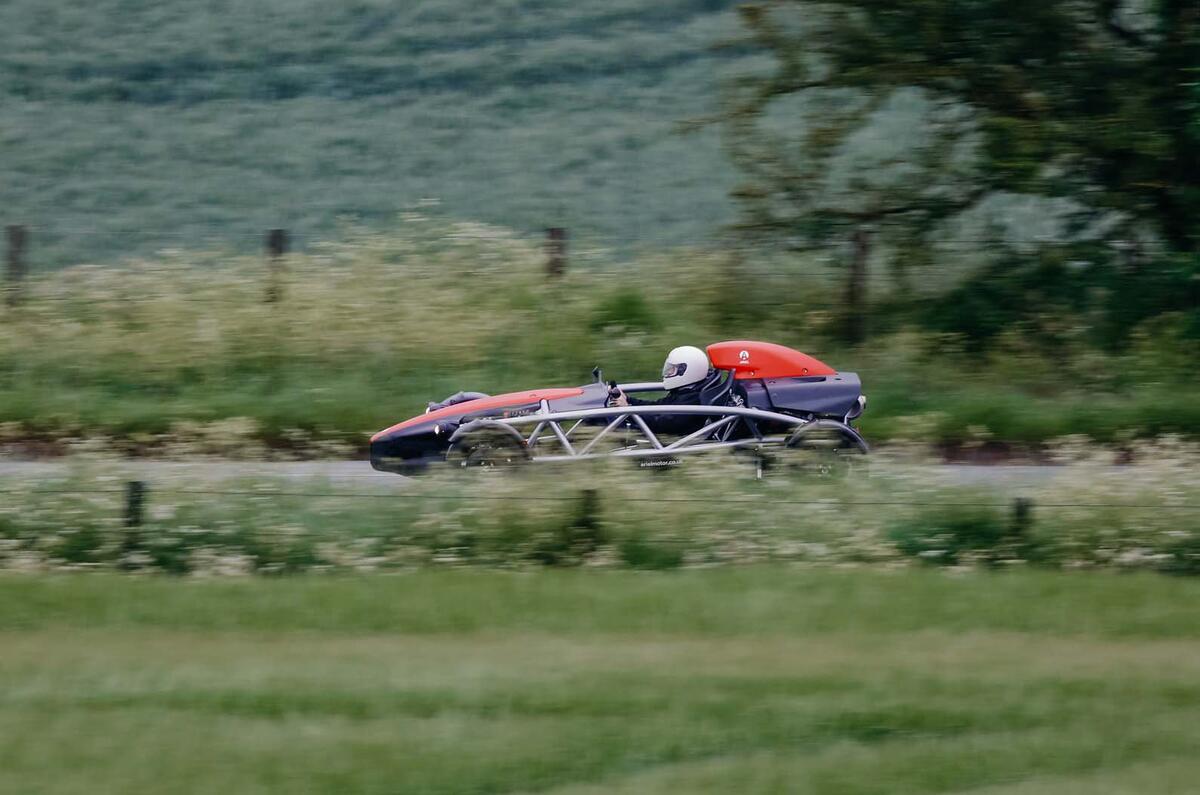
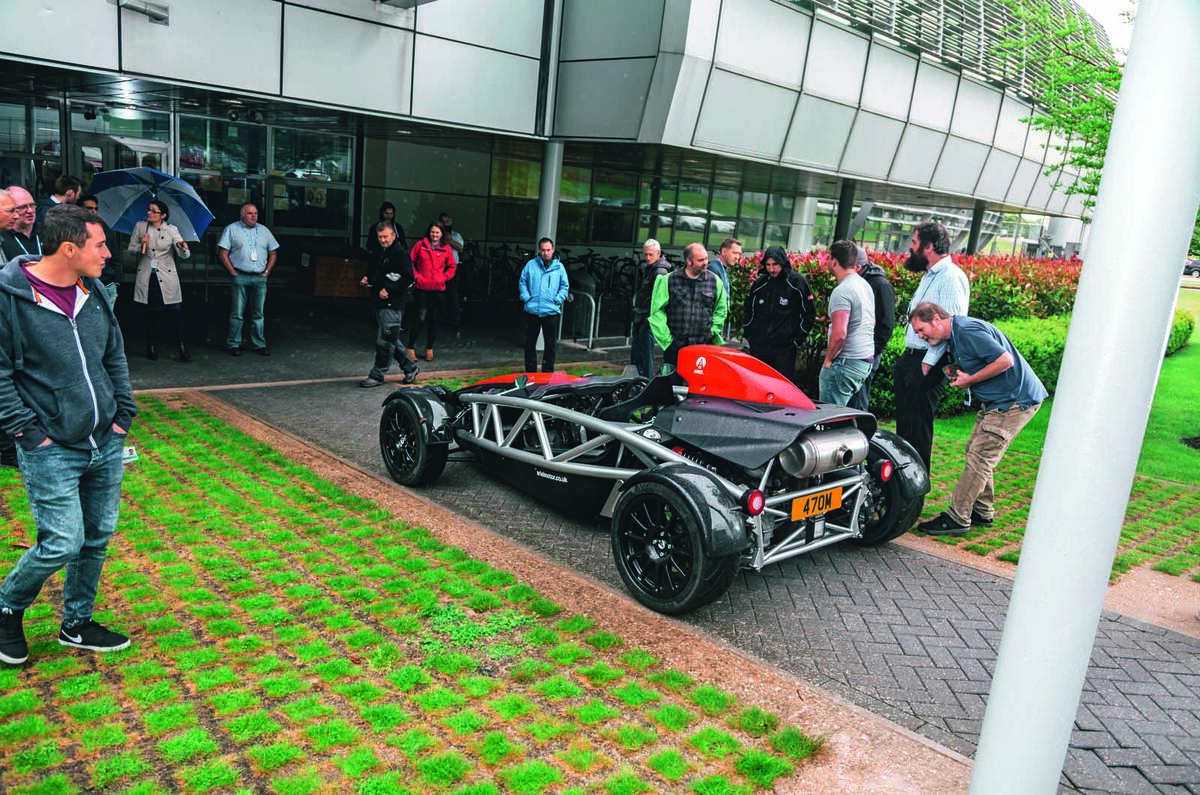
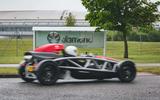
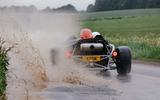
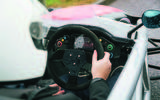
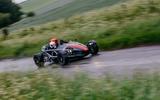

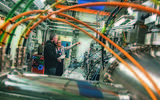
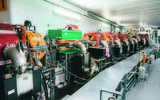
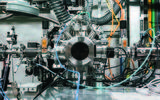
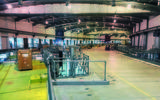
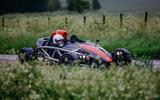
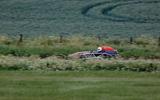
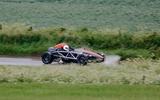
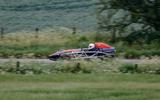



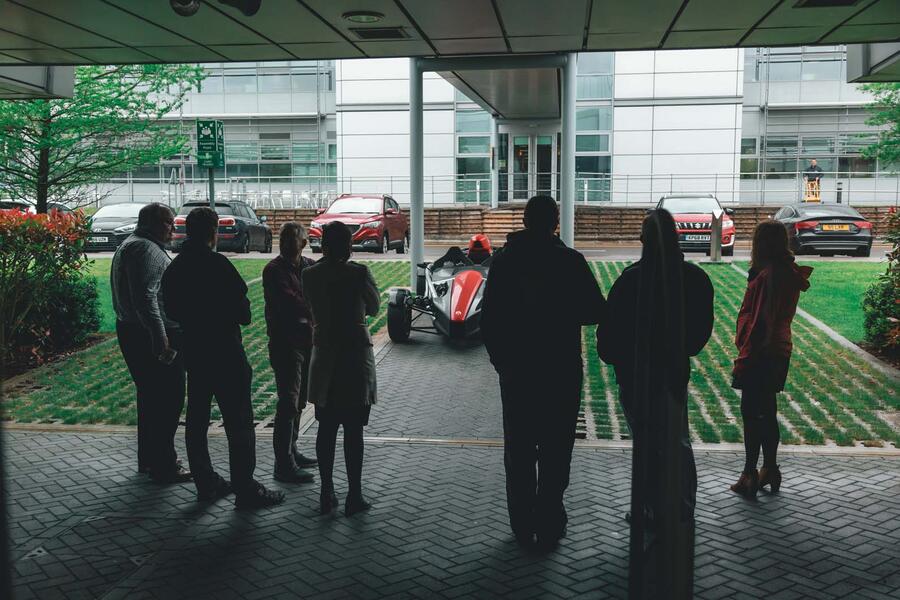

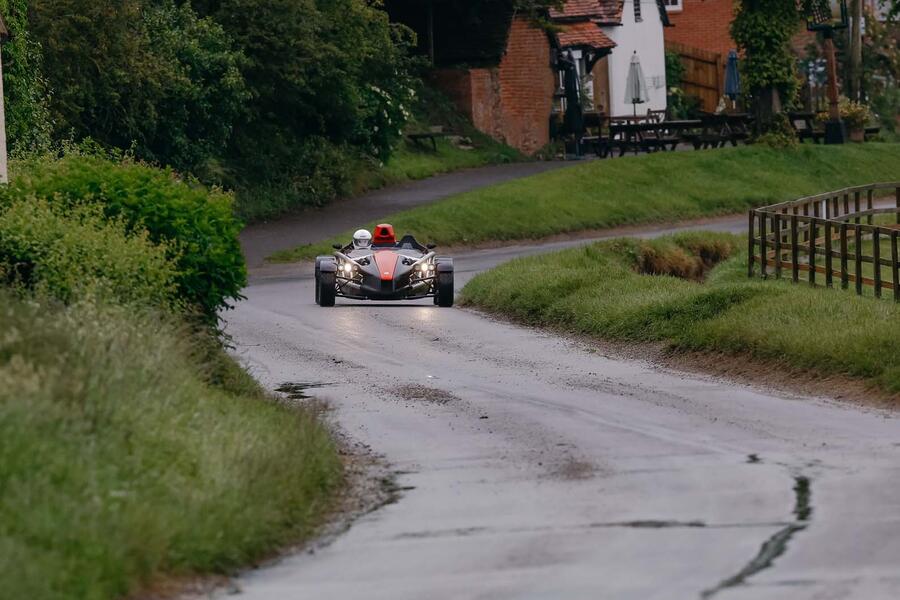
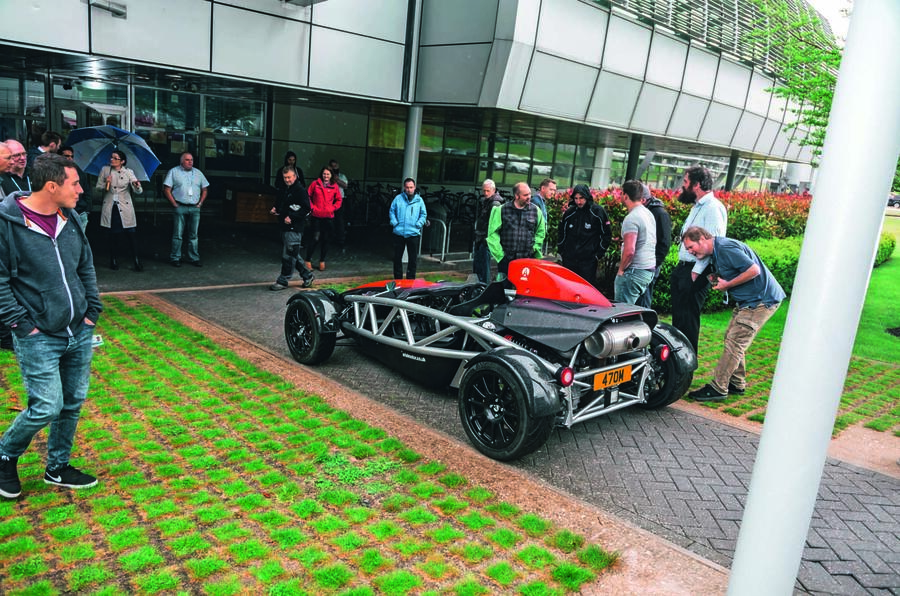
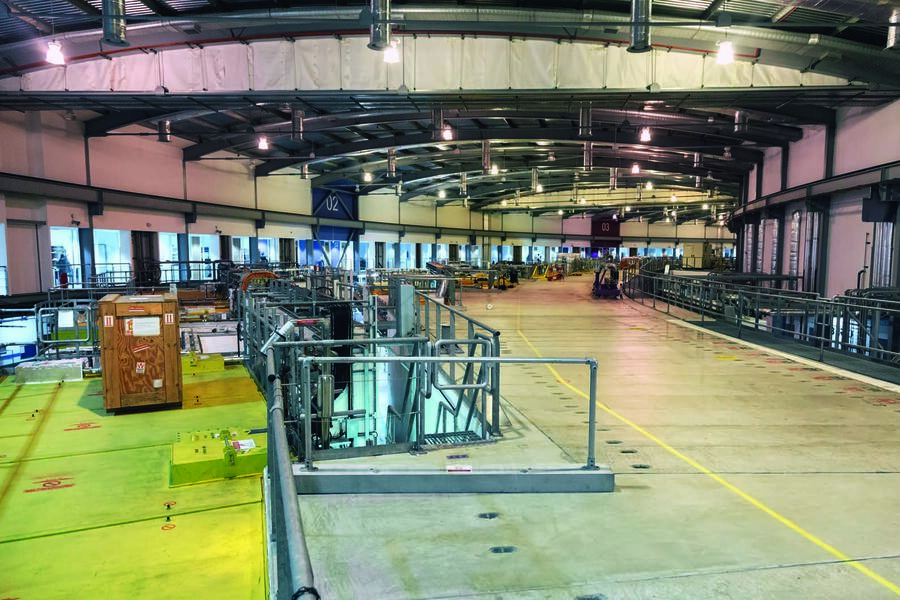


Join the debate
Add your comment
Ben Somtoo
47OM
English vanity plates are so lame! When is the DVLA going to wake up and offer people the use of any acceptable combination of say 7 letters and/or numbers, for an annual fee? People pay for the opportunity to be creative and the Treasury would love it. Another GR8IDEA being ignored.
I don't go to track days
so I have no use for an Ariel Atom - but I'd still love to have one. Fantastic British engineering. And in Crewkerne of all places ;-)